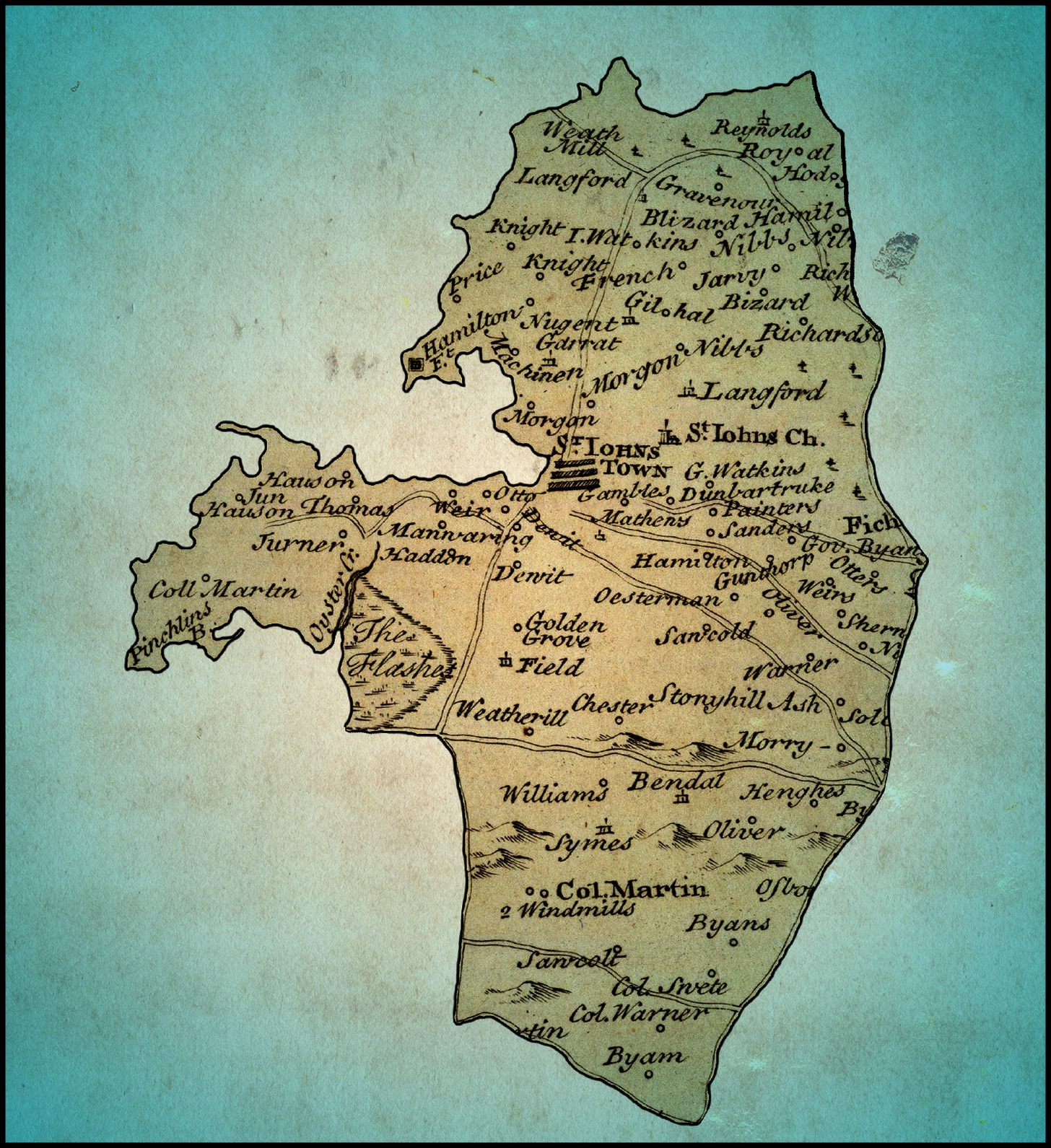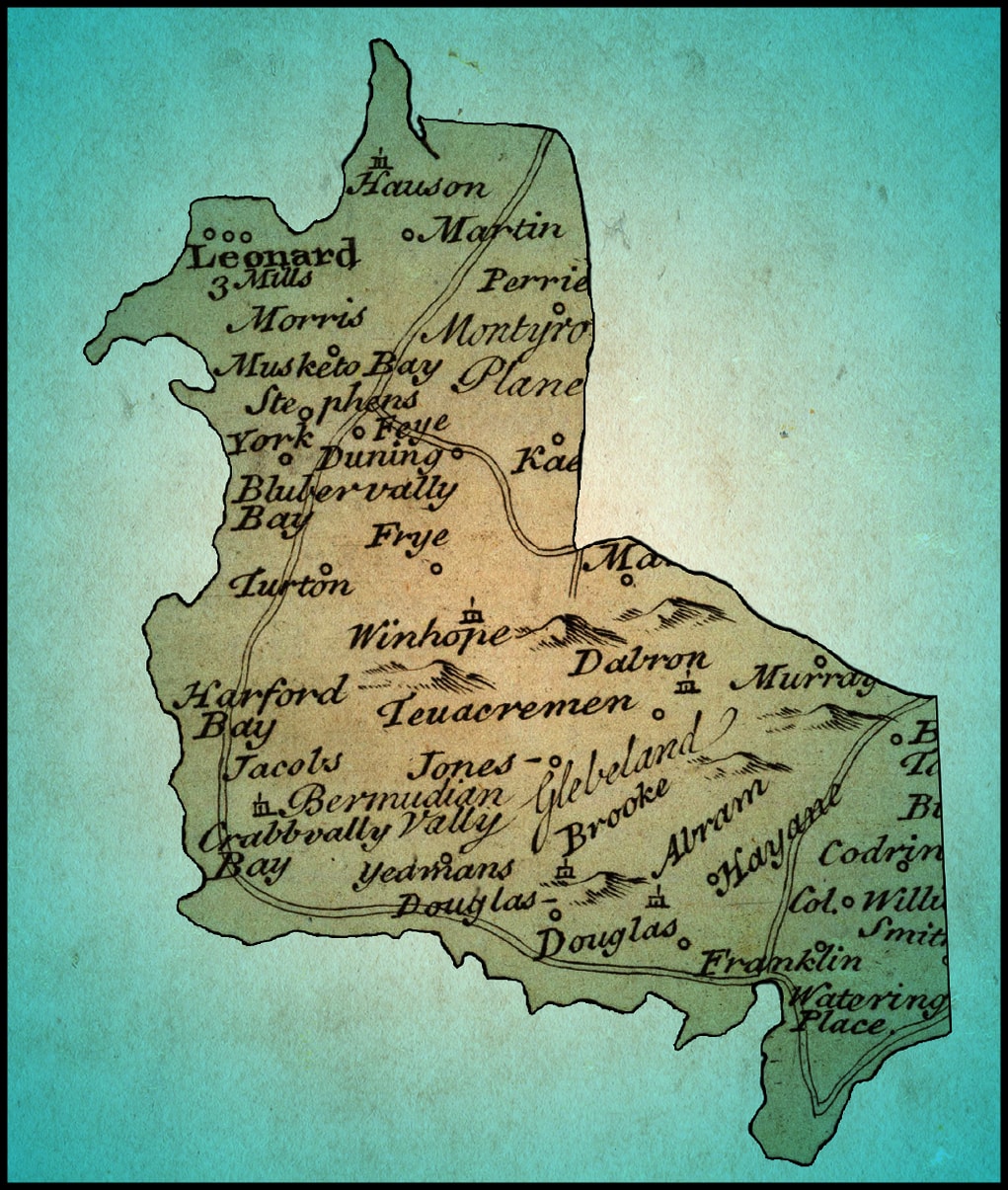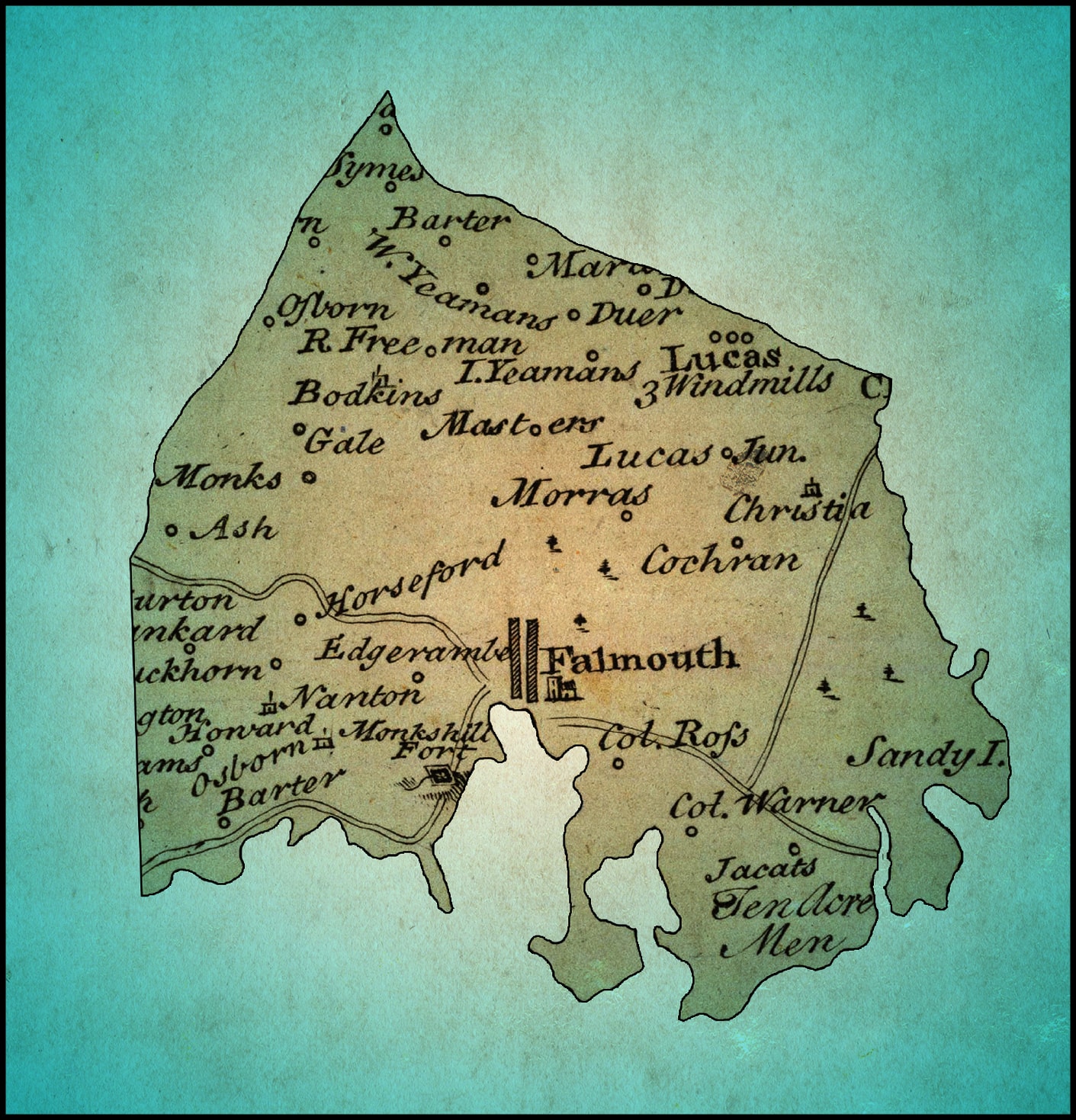
Antigua
Bucknell University Sugar Mill Project
Colonized by England in 1632, Antigua is a Caribbean island with a legacy of centuries of enslavement, oppression, exploitation, and murder of Africans and people of African descent. The plantation, specifically the sugar mill, may be considered the primary symbol of slavery, of the machinery that created and sustained European colonization, empire, and economic prosperity for generations, while, at the same time, decimating black lives and bodies, contorted to support the production of sugar. In contemporary times, the Antiguan landscape is marked with remnants of the sugar mills, the brutal and perfidious realities of the plantation.
According to the 2013 report of the Museum of Antigua and Barbuda, there are more than 200 windmill bases extant on the island. The Museum of Antigua and Barbuda has been engaged in documenting the sugar mills of Antigua in conjunction with the especial work of independent scholar Agnes Meeker. Her years of field work and research are the foundation of this effort to digitize, map, and historicize each of the mills electronically —The Antigua Sugar Mills Project.
Antigua






